2025 Can-Am Maverick R Buyer’s Guide
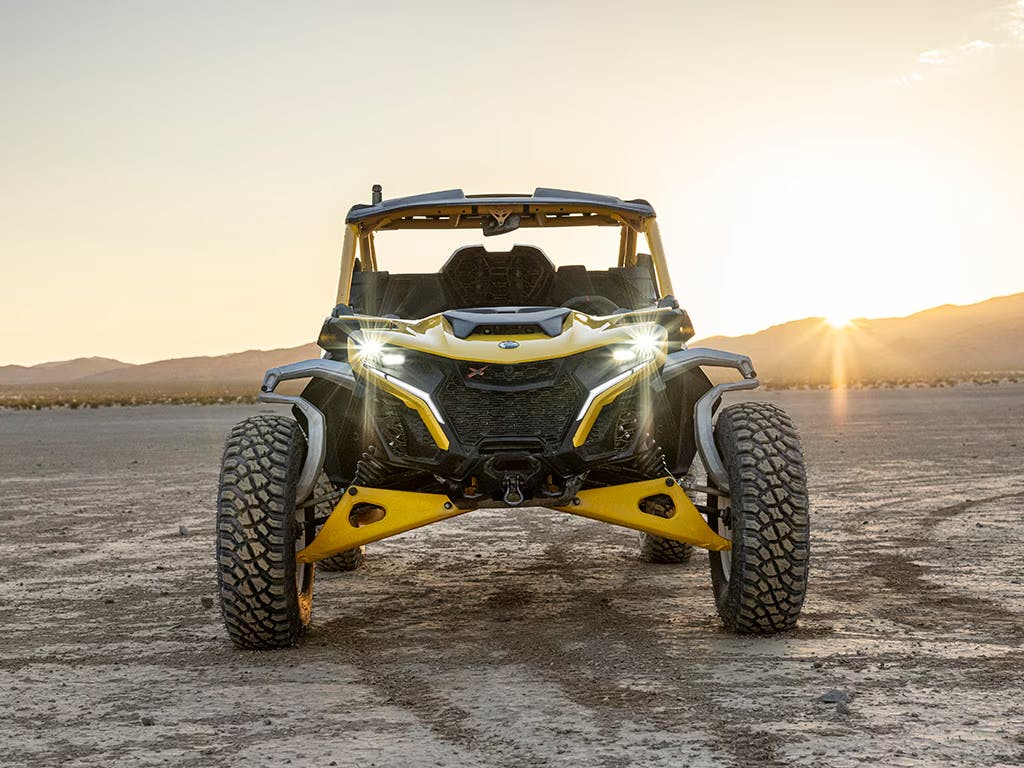
$35,499 MSRP / 240 HP
• Built for desert running
• Big power + suspension, Easy to handle
• The rig that changed an induhe rig that changed an industry
Simply the best.
The Maverick R launched in 2024. It was built to dethrone the mighty 225-hp Polaris RZR Pro R as the world’s best fast side-by-side. Which it did, full stop. Next to a Pro R, the Can-Am is faster, more capable, more confidence-inspiring, and just plain cooler.
Bonus: Pricing for this sucker is unchanged since last year. Which is good, because the Mav R wasn’t cheap then. (Worth every penny! Just not cheap.)
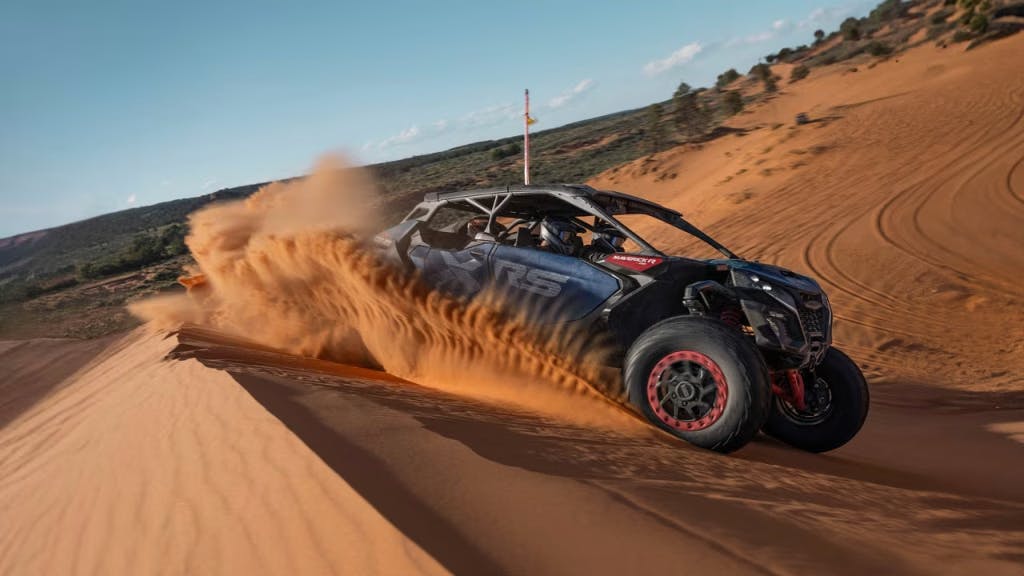
How much power does it make?
Too much for some. Not enough for others. Just right, if you ask us. The Mav R’s turbocharged 1.0-liter triple makes 240 hp. That engine is a stone-cold badass: forged pistons, plasma-coated cylinders, an intercooler, two radiators, a closed-deck block, a dry-sump oiling system. It’s mated to a beltless, low-maintenance, paddle-shifted seven-speed Rotax twin-clutch automatic transmission.
This gearbox is one of just two twin-clutch automatics currently sold in side-by-sides—Rotax claims its development ate up more than eight years and 300,000 miles of testing.
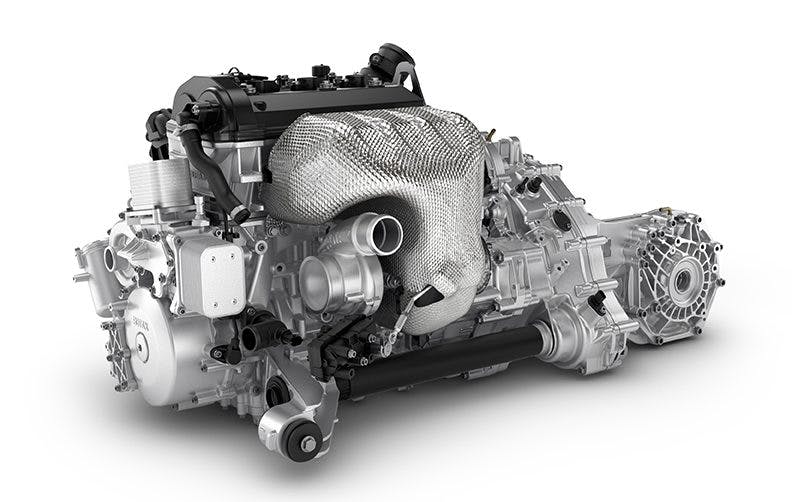
What makes it special?
It was built for balls-out running in the open deserts of the west but can rock-crawl and trail-ride with the best of them. It makes 240 low-lag turbo horses from a single liter. It has a 77-inch track width, 25 inches of suspension travel in base form, and 17 inches of ground clearance. Its suspension composure is unmatched in the industry. It wears those neat aluminum front uprights, which aid dynamic roll-center geometry (fun topic) and just plain look pretty.
An RZR Pro R is nothing to sneeze at, right? Bonkers quick, a hot rod, puts fear in the hearts of men? This is more, better, faster, stronger. And for all people talk about that engine, the suspension is the star here: Anything the RZR Pro R can do, the Mav can do better. Easier. With less stress, more grip, more driver chill factor.
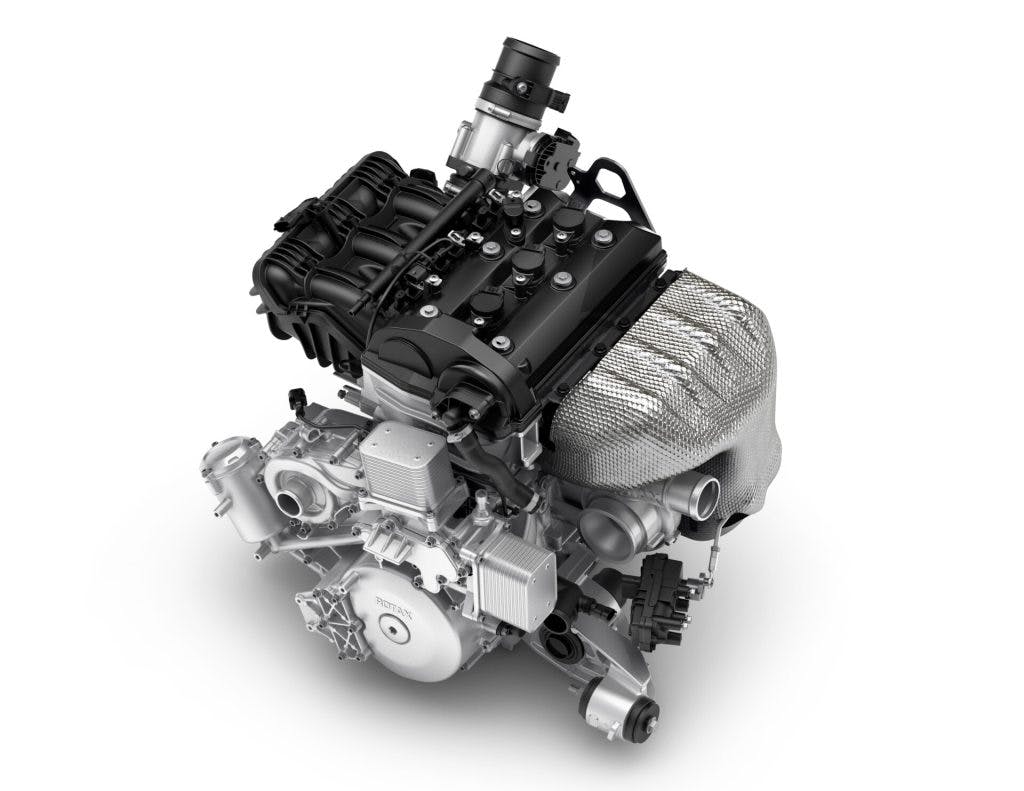
Why do I want it?
You hate fun. No, wait—the other thing: You love it. Plus, you love Baja, the Mint 400, Nevada, Texas, New Mexico, the Mojave, Death Valley, tech, neat suspension, great shocks, killer oversized brakes, and engineers who throw out the old ways because it’s time to invent the new.
You like traveling as fast as possible at all times, you enjoy looking at strangely-shaped suspension components, and you like jumping things. Anything.
Trust us: You sky this sucker, she lands like butter.
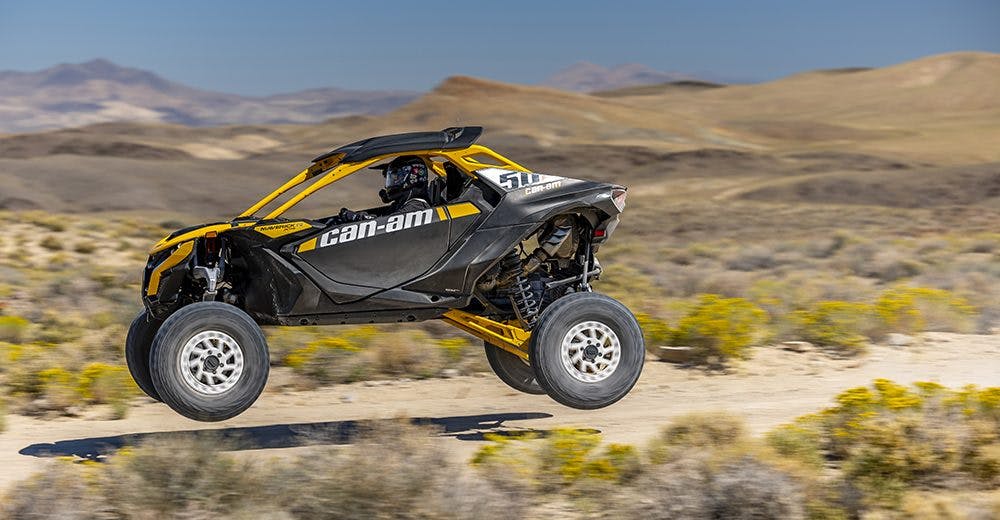
Why don’t I want it?
Set aside budget for a minute—yes, the Mav R is expensive. If you can swing the sticker price and spend real time in wide open spaces, Can-Am’s range-topper is more than worth the ante. But a Mav R isn’t for everyone.
If you live on the East Coast, a Maverick R will be fun but overkill. This is a 78-inch wide rig, the widest factory-built side-by-side sold in America. Narrow trails can be a tight fit or impossible to traverse. For that matter, many trailers are too narrow to hold the thing.
Other downsides: Like most sport side-by-sides, the Mav R isn’t rated for towing. Rack (cargo) capacity is just 200 pounds.
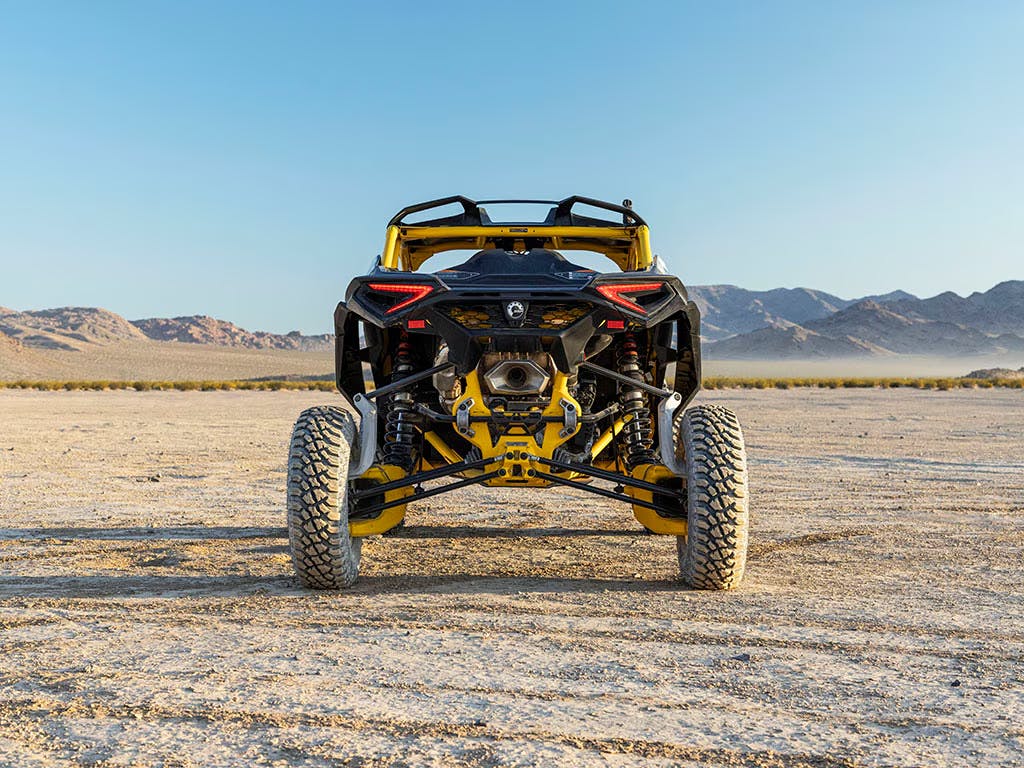
Which trim do I want?
Four trims here, all in Can-Am’s alphabet-soup nomenclature: The base Maverick R starts at $35,499. The range-topper is the Maverick R X RS with Smart-Shox, at $44,299. In between sit the Maverick R X ($38,399) and Maverick R X RS ($42,599).
Can-Am model lines can be hard to make sense of, and the Mav R is no different. Regardless, the R X is the sweet spot for price and features. You won’t regret going with the base model, but the R X brings four-point harnesses in place of standard three-point belts, a telescoping steering wheel, a larger (10.25-inch) in-dash touchscreen, and a rearview camera.
The two RS models offer nicer shocks than the base R and R X—they get Fox 3.0 Podiums in place of the standard Podium 2.5s. The Smart-Shox model gives flat-out magical ride-and-handling balance. But no two ways about it, that technology has a price. And 45 grand is a lot of money for a side-by-side, no matter how good it is.
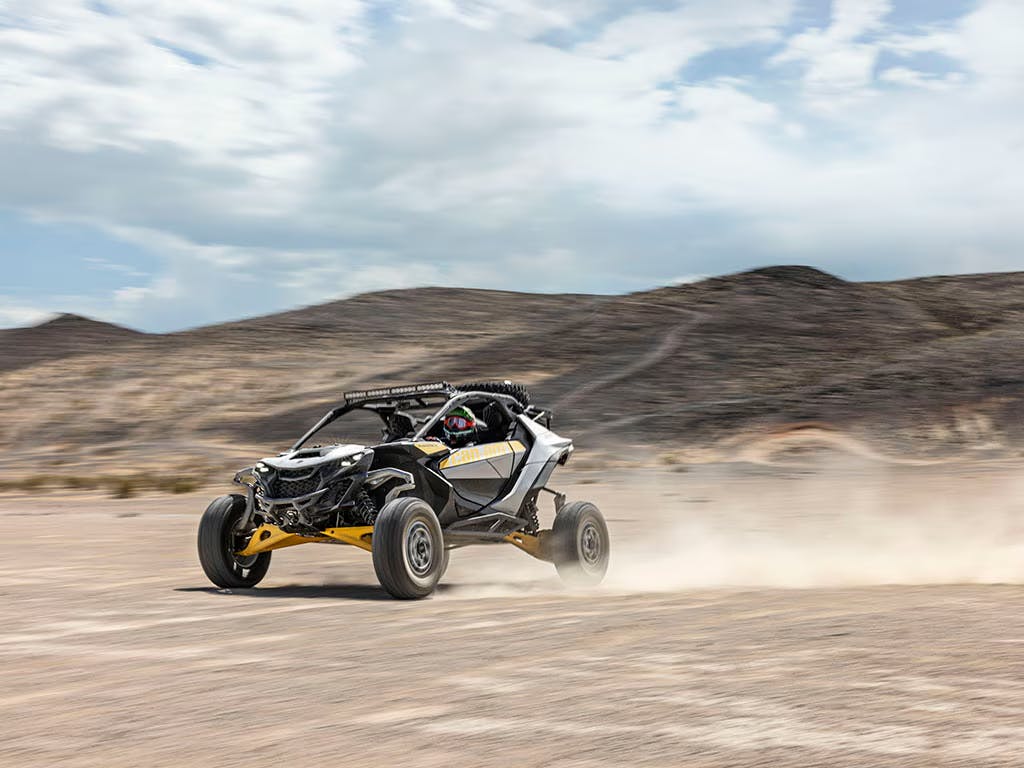
If I like this… what else should I look at?
Check out the Yamaha YXZ1000R, the Kawasaki KRX, and the Polaris RZR Pro R!
2025 Can-Am Maverick R Specs
NOTE: Four-seat versions of the Can-Am Maverick R are sold as the Can-Am Maverick R Max.
Length: 138.7 in. (base, R X) / 140 in. (X RS, X RS w/Smart-Shox) / 175 in. (Max)
Width: 78.1 in.
Height: 67.7 in. (base) / 70.4 in. (X) / 71.5 in. (X RS, X RS w/Smart-Shox) / 68.4 in. (Max) / 69.2 in. (Max X, Max X RS, Max X RS w/Smart-Shox)
Wheelbase: 142.5 in.
Curb Weight: 2,150–2,610 lbs.
Engine: DOHC, liquid-cooled, turbocharged inline three-cylinder
Displacement: 999 cc
Transmission: Rotax DCT; 7-speed w/ high/low range
Claimed Power: 240 hp
Claimed Torque: N/A
Fuel System: Rotax Intelligent Throttle Control w/EFI
Steering: Electric Power Steering
Drivetrain: Lockable front differential w/Smart-Lok True 2WD/4WD w/front differential lock/4WD Trail Activ/4WD Trail
Front Suspension: Independent “tall knuckle” double wishbone w/anti-roll bar, Fox 2.5 Podium Piggyback shocks w/QS3 compression adjustment (base, X, Max X) / Fox 2.5 Podium RC2 Piggyback shocks w/bypass, dual-speed compression and rebound adjustments (X RS, Max X RS) / Fox 2.5 Podium Piggyback shocks w/bypass and Smart-Shox Live Valve technology (X RS w/Smart-Shox, Max X RS w/Smart-Shox); 25 in. travel
Rear Suspension: Independent “tall knuckle” four-link trailing-arm w/anti-roll bar, Fox 2.5 Podium Piggyback shocks w/QS3 compression adjustment (base, X, Max X) / Fox 3.0 Podium RC2 Piggyback shocks w/bypass, dual-speed compression and rebound adjustments (X RS, Max X RS) / Fox 3.0 Podium Piggyback shocks w/bypass and Smart-Shox Live Valve technology (X RS w/Smart-Shox, Max R X RS w/Smart-Shox); 25.0 in. travel (base, X, Max R X) / 25.5 in. travel (X RS, Max X RS) / 26.0 in. travel (X RS w/Smart-Shox, Max X RS w/Smart-Shox)
Front Brakes: Hydraulic disc, 265 mm; 3-piston calipers
Rear Brakes: Hydraulic disc, 255 mm; 2-piston calipers
Wheels F/R: Flow-formed aluminum, 15 in. (base, R X) / flow-formed aluminum beadlock, 16 in. (R X RS, R X RS w/ Smart-Shox)
Tires F/R: ITP Tenacity XNR, 30×10-15 (base, R X) / 32×10-16 (R X RS, R X RS w/ Smart-Shox)
Bed Capacity: 200 lbs.
Towing Capacity: N/A
Seating Capacity: 2 (Maverick R); 4 (Maverick R Max)
Ground Clearance: 17 inches
Fuel Capacity: 13.2 gallons
